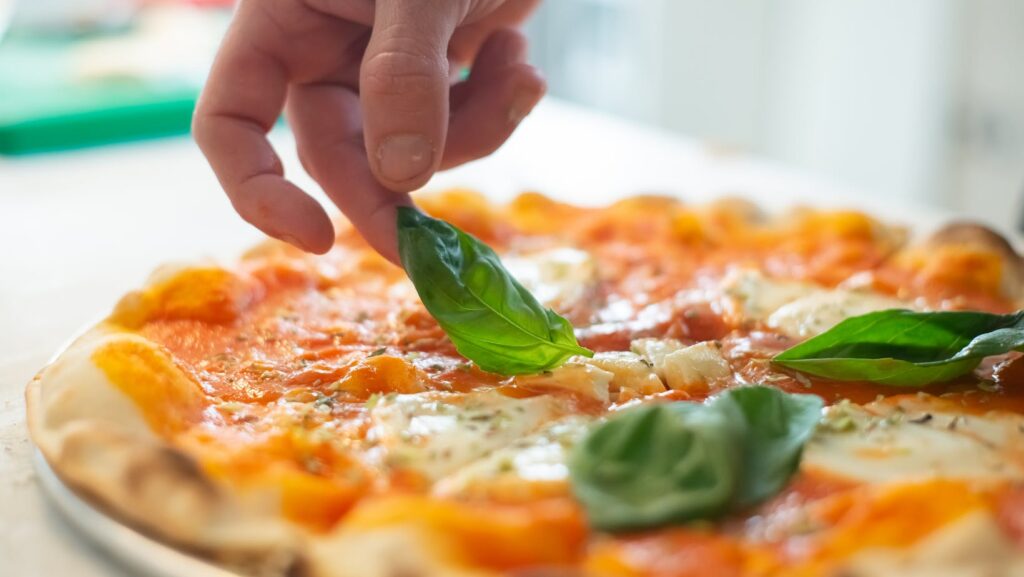Imagine the aroma of fresh basil, garlic, and simmering tomatoes wafting through your kitchen. It’s the heartwarming essence of Italian cuisine, a culinary tradition steeped in centuries-old techniques. We’re about to embark on a journey, unraveling the secrets of these time-honored methods that make Italian food so irresistible.
Italian Cooking Techniques
Delving into the roots of Italian cooking techniques, it’s important to grasp how the dishes you savor carry centuries of history and refined culinary practice. The story of Italian cuisine starts with understanding the historical influences and uniqueness of regional cooking methods.
Historical Influences on Italian Cuisine
In the historical timeline of Italian cooking, dating back as far as the Roman Empire, the techniques often echo influences from various cultures. Communal dining in ancient Rome, for instance, brought about the concept of multiple courses—appetizers, main dishes, and desserts—now inherent in Italian meals. Over centuries, trade routes contributed to Italian cuisine’s rich diversity. The Arabs introduced dried pasta, the Spaniards brought in the tomato, and the New World contributed corn and potatoes. Each plays a pivotal role in Italian techniques, exemplified by potato gnocchi, tomato paste, and corn polenta.

Essential Italian Cooking Techniques
Unveiling the heart of Italian gastronomy involves delving into the practice of several crucial cooking techniques. While Italy’s culinary heritage rests on diverse regional specialties and centuries-old influences, three fundamental techniques often act as pillars: pasta making, crafting Italian sauces, and mastering pizza preparation. Aligning with Italy’s love affair with simplicity and freshness, these techniques amplify the essential nature of ingredients, fostering a culinary culture beloved worldwide.
The Art of Pasta Making
Nothing communicates the soul of Italy quite like a bowl of lovingly handcrafted pasta. A crucial technique is to master the dough, a simple combination of flour and either water or eggs. It’s not just about rolling out the dough but persuasively coaxing it into a wide array of shapes—long, thin strands for spaghetti; small, curved tubes for macaroni; or flat sheets for lasagne.
Further, drying pasta, a practice traced back to the 12th century, forms another noteworthy aspect of pasta-making. It prolongs shelf life and results in a more robust pasta supporting heftier sauces. Finally, cooking pasta al dente—firm to the bite—serves as a golden rule requiring perfect time management and attention to detail.
Perfecting Italian Sauces
Italian sauces paint a vivid tapestry of Italy’s gastronomic diversity. Every sauce contains a precise balance of flavors, from the robust and hearty Bolognese hailing from Emilia-Romagna, to the delicate and sumptuous marinara from coastal Naples.
The secret of developing these astonishing sauces lies in the concepts of “soffritto” and simmering. Soffritto, a blend of finely chopped vegetables sautéed in olive oil, forms the base for most Italian sauces, imparting a significant flavor foundation. Simmering, allowing the sauce to cook slowly over low heat, encourages these flavors to meld together, intensifying the taste and aroma.

Techniques for Authentic Italian Pizza
Pizza, the globally adored Italian marvel, owes its appeal to specific traditional techniques. Originating in Naples, the authentic Neapolitan pizza surely signifies a culinary masterpiece.
Firstly, it’s all about the dough. A blend of wheat flour, water, salt, and yeast, its preparation necessitates a precise ratio, a well-maintained temperature, and patient fermentation. Secondly, mastering the art of hand-stretching the dough—creating a thin center and slightly inflated border—plays part and parcel to the authentic pizza-preparation technique.
The radiant heat from a wood-fired oven ideally cooks the pizza, endorsing a delightfully crisp crust, chewy interior, and slightly smoky flavor. Lastly, less equates to more when it comes to toppings, ensuring each ingredient shines through, capturing the essence of Italian simplicity.
It’s All About Creativity
Now it’s your turn to bring these techniques into your kitchen. Remember, the essence of Italian cooking is all about creativity and respect for the ingredients. Whether you’re sticking to the classics or daring to experiment, the kitchen is your canvas. Make it count.
